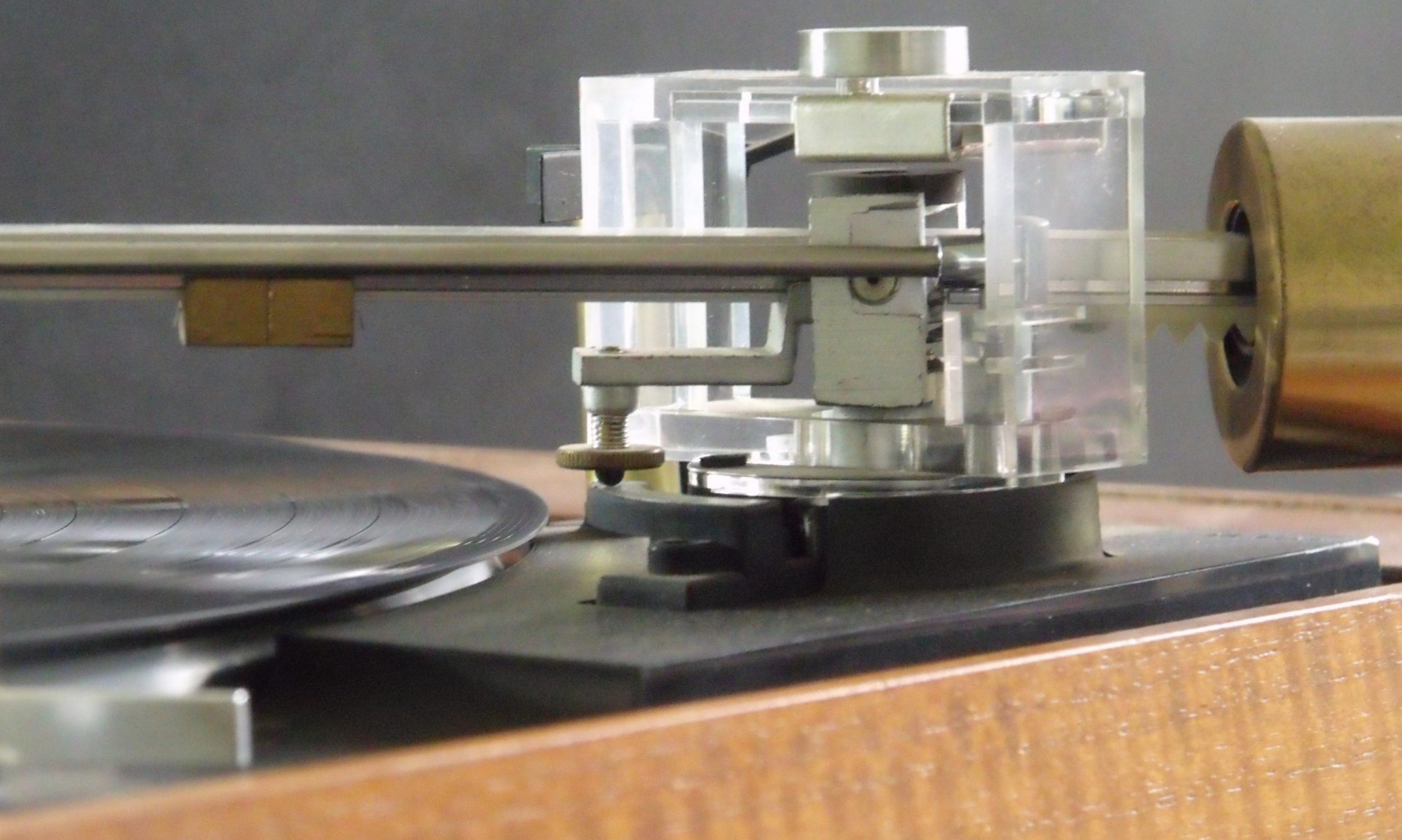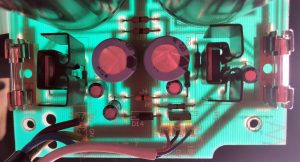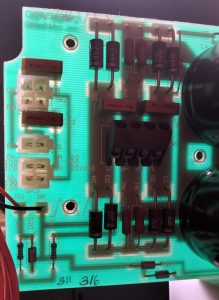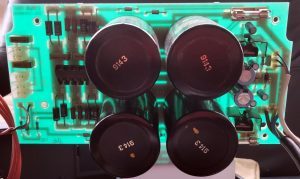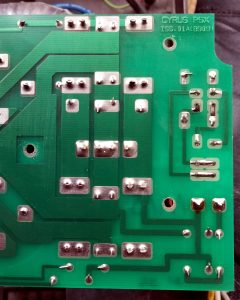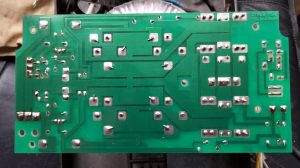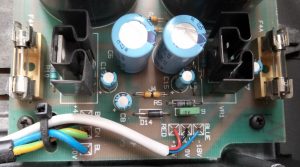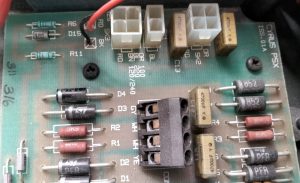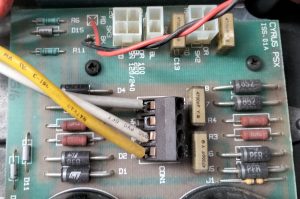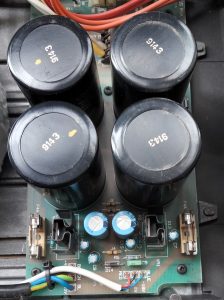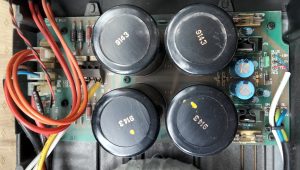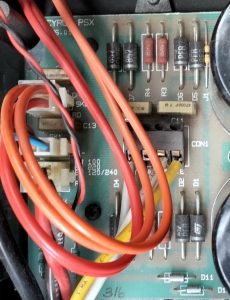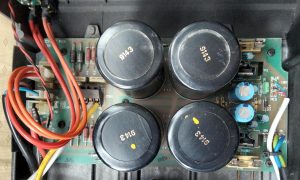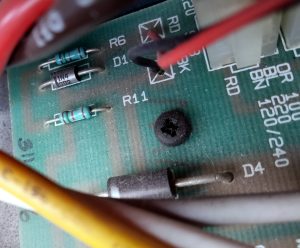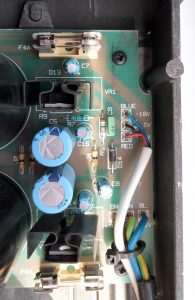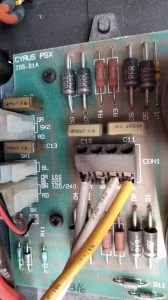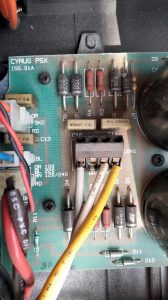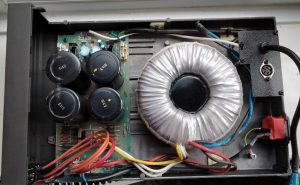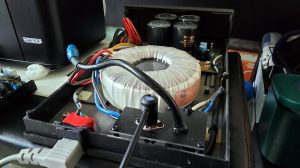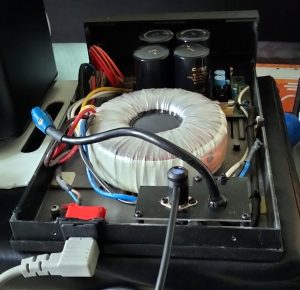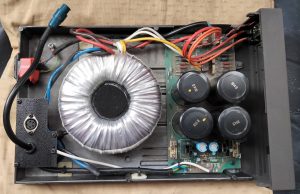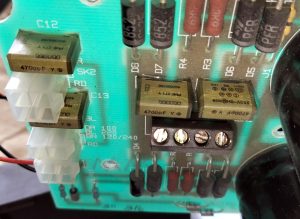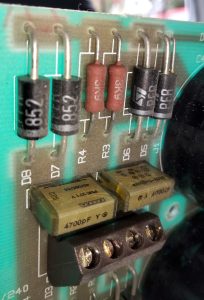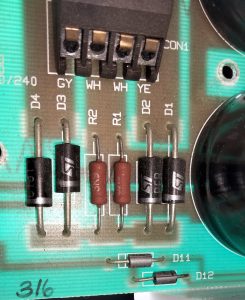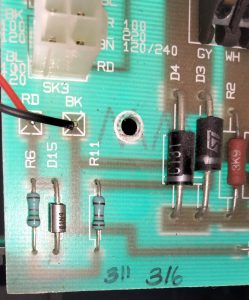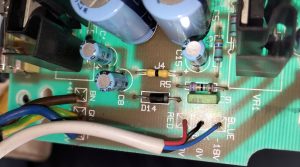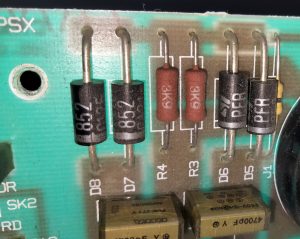Cyrus have a novel approach to providing different power amplifiers in their range.
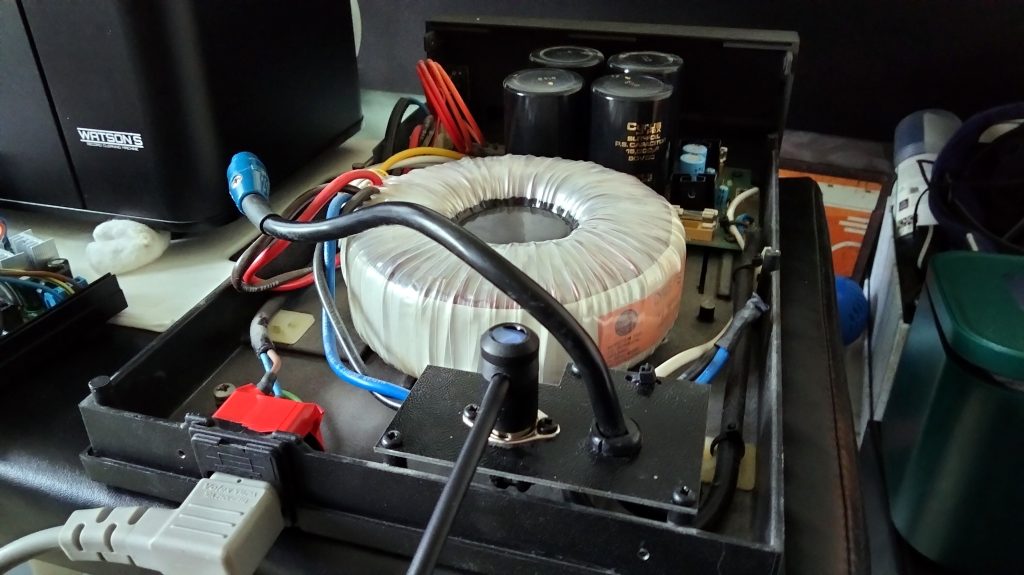
To upgrade the amp, you connect an external power supply to crank up the specification and performance.
I have had a Cyrus One for many years. At 25 Watts per channel it’s no beast, but is a lovely sounding amplifier. Recently I swapped it for a Cyrus Two which is a similar amplifier but with twice the power and several other refinements. A key feature is a socket to connect an external power supply. That power supply is the PSX.
In normal operation the pre and power amp sections of the Cyrus Two share the same internal power supply. With a PSX connected the internal supply is isolated from the power amplifier and dedicated to the pre-amplifier circuits. The PSX supplies the power amplifier section.
With it’s dedicated supply the pre-amp has cleaner power. This means less interference and immunity from voltage variations caused by power amplifier loading.
The Power amplifier part of the Cyrus Two also has it’s own dedicated power supply which is capable of much higher current and for longer. That’s the sort of thing that seperates the men from the boys in Power amplifiers. The rated power handling of the amplifier is now 70W per channel, rising from 50W. The real benefit though is much better bass control. Nice.
I had intended to “reverse engineer” the PSX and draw a circuit diagram. To be honest, I got bored. I got as far as establishing that it is a conventional split power supply design, but using big beefy high quality components and a sturdy mechanical design. The actual circuit design is very similar to that used for the power supply in the Cyrus Two itself, but with higher spec components and more of them!
This particular PSX also has a regulated +-18v circuit which comes out on a seperate socket. This is for use with a Cyrus CD player. I believe this is not installed on all PSX.
I took a lot of photo’s, which I have included here as a gallery for your pleasure. Particularly useful are the ones of the circuit board with the sunlight shining through from the back.
Enjoy.
